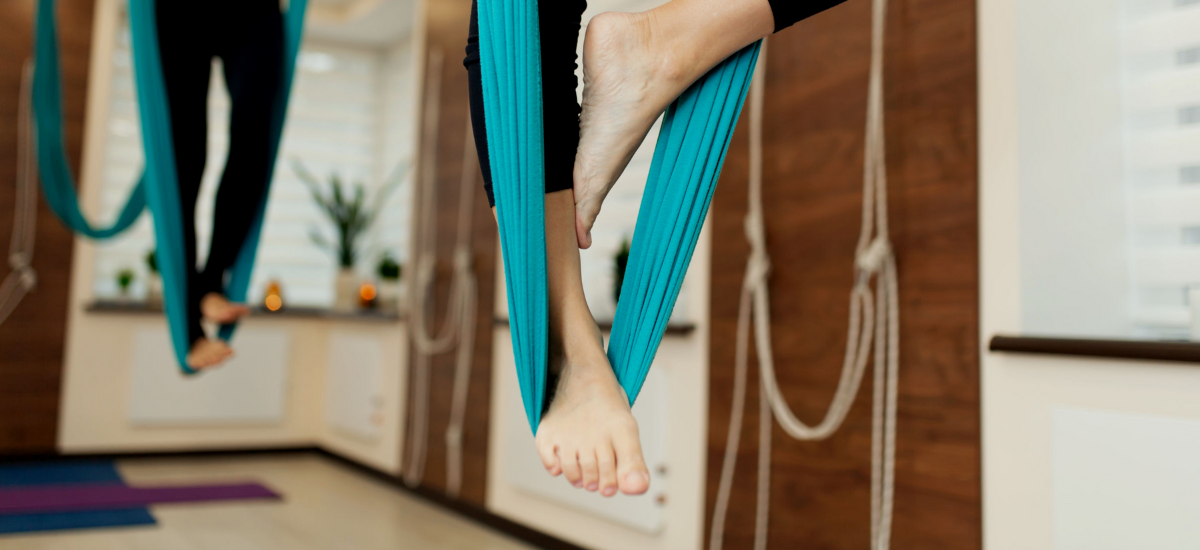Published on 17 August 2023
Here’s what you need to know before booking your next aerial yoga or indoor bungee jumping workout class.
Gravity-defying workout classes like aerial yoga and indoor bungee jumping have been fast gaining popularity of late.
Both aerial yoga and indoor bungee jumping are airborne fitness classes. While the former is a yoga-based practice with a hammock suspended from the ceiling, the latter is a resistance based aerobic workout supported by a rope.
These alternative workout routines can be as gruelling or even more so than traditional exercise routines like running. For instance, indoor bungee jumping is known to burn two to three times more fat than regular sports.
Given its rigour and the heavy use of foot to land jumps or as a support on the rope, it's important to protect your feet against potential injuries.
“Plantar Fasciitis is a common condition characterised by inflammation of the thick band of tissue that runs along the bottom of the foot. Repetitive impact from activities like indoor bungee jumping or aerial fitness can contribute to the development of plantar fasciitis,” cautioned Ms Denise Lou, Podiatrist, Department of Rehabilitation, National University Hospital (NUH).
Other potential injuries that can arise from such activities also include ankle sprains, achilles tendonitis, and stress fractures. “Overuse injuries such as tendonitis, shin splints, or metatarsalgia can occur from repetitive stress on the feet and lower limbs,” she added.
While the risks to one’s foot health are aplenty when engaging in aerial workouts, injuries can be easily avoided by taking precautions.
Ms Lou emphasised the importance of having a thorough warm-up routine that includes stretching exercises for the feet and lower limbs. “This helps to condition your muscles, tendons, and ligaments for the dynamic movements involved,” explained Ms Lou.
It is just as important to have gradual progression. Pace yourself with these activities by starting with beginner-level classes and gradually increasing the intensity and duration of activities. When your feet and body is able to adapt to the new movements, it reduces the risk of overuse injuries or excessive stress on the feet.
“You’d want to listen to your body and don’t dismiss any discomfort, pain, or unusual sensations in your feet during or after the activities,” said Ms Lou.
To also get the most of out of your workouts, focusing on the proper form and technique is crucial. Pay attention to the alignment of your feet and body during the movements to avoid placing excessive strain on specific areas of the feet.
Should any pain or discomfort arise, it’s recommended to push the pause button to rest, ice the affected area, and seek medical advice for appropriate treatment and rehabilitation. Having regular visits to a podiatrist for evaluation and guidance can also help prevent and manage overuse injuries.


